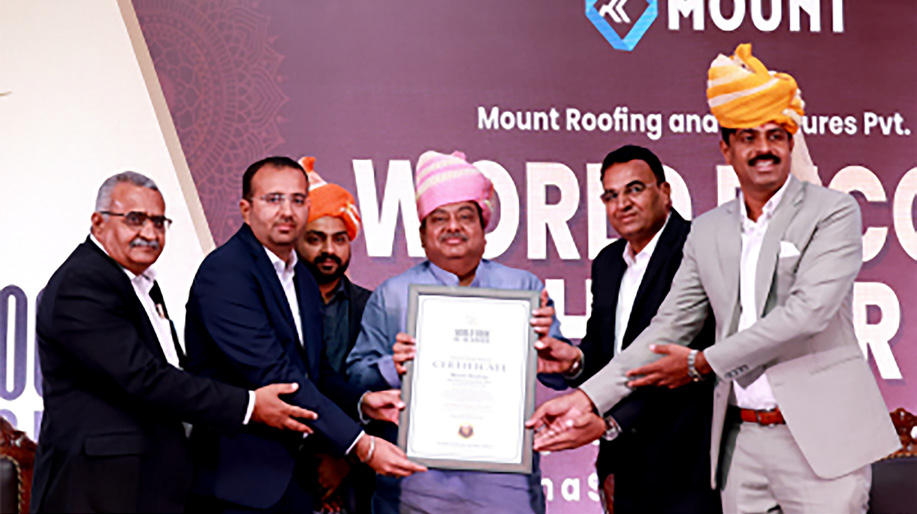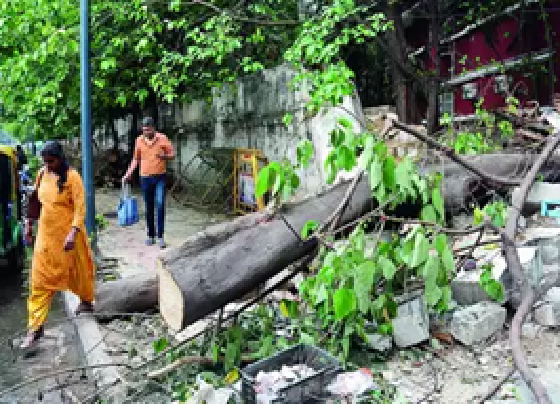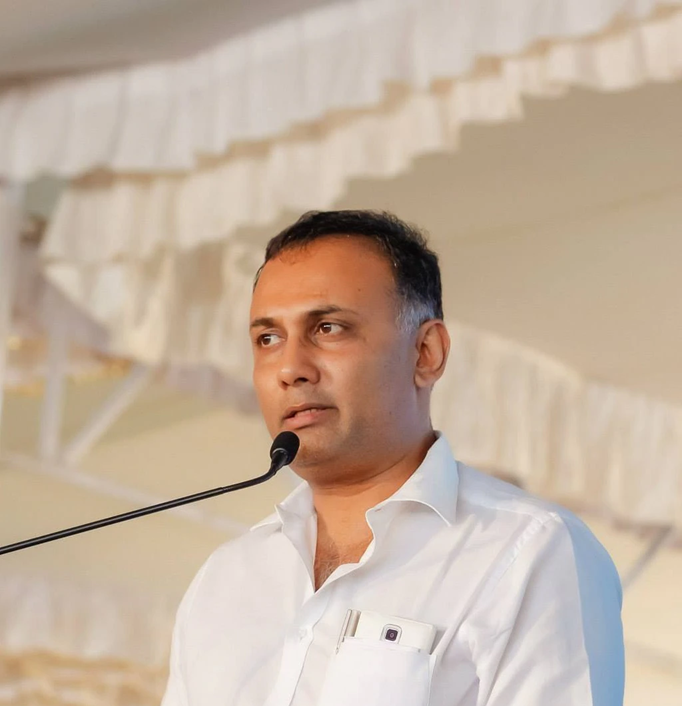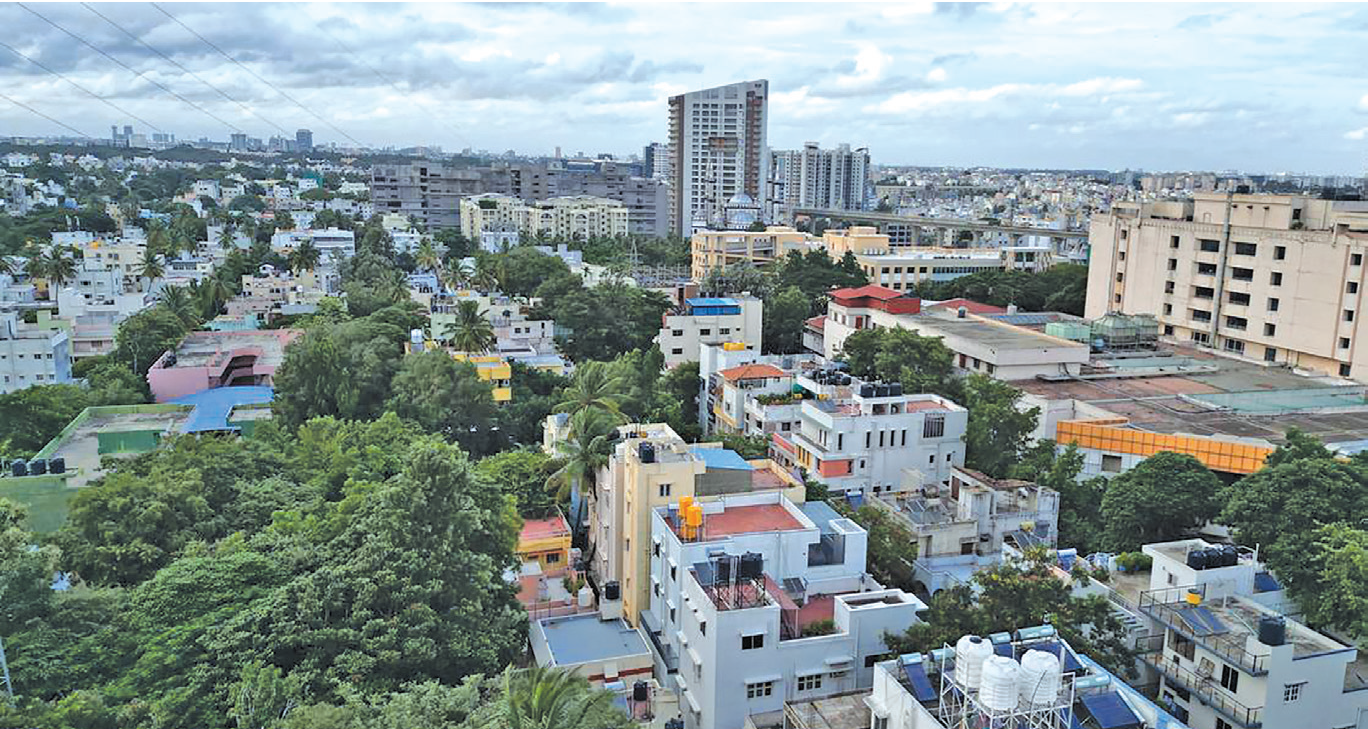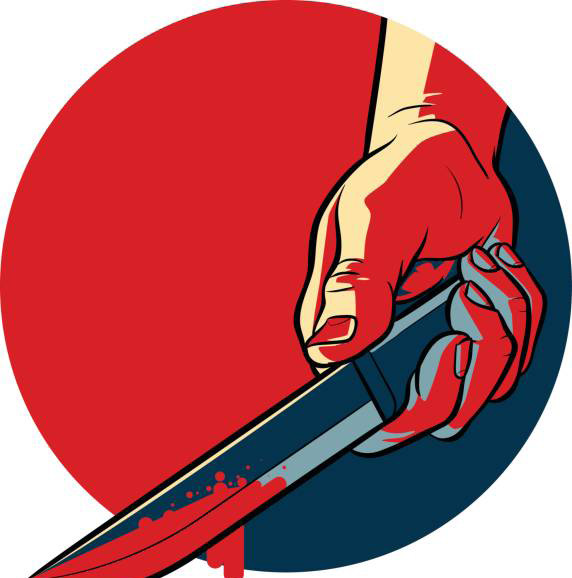
The King who was ahead of his times
Veena G | NT
Bengaluru: Chamarajendra Wodiyar X was born on Feb 22, 1863, to Sardar Chikka Krishnaraj Urs and Rajkumari Putammani Devi (first daughter to Maharaja Krishnaraja Wodiyar).
As was the practice among the Wodiyars who were cursed with bearing male offspring only in alternate generations, Maharaja Krishnaraja Wadiyar III adopted Chamarajendra Wodiyar X as his son to succeed the throne.
Since the Kingdom of Mysore then was under British administration, Chamaraja Wodiyar was groomed by the administration before he officially became the 23rd Maharaja of Mysore on March 25, 1881. He brought significant alterations to the existing system of governance and education. In March 1881, the same year that he came to power, he inaugurated the Mysore representative assembly.
This establishment was opposed by the government of India as it had no specific legislative, financial, or executive authority. The then-viceroy felt it premature to introduce an institution that had not yet been tried. However, the Maharaja was ambitious to establish this assembly. He wanted this to act as a medium between the administration that proposes welfare measures and the people who will benefit from it.
This would become the first-ever democratic assembly formed in the country. To give way for industrialization to benefit his people, he instituted several industrial schools and regulated an annual industrial exhibition. He inaugurated the Maharaja’s College in Mysore in 1889, from where several successful and prominent people like SM Krishna, Kuvempu, SL Bhyrappa, and RK Narayan graduated.
He encouraged women to get educated and founded the Kannada Bashojjivini School. He was a patron of arts and music. He played violin and accompanied Veena players during performances. When Banglore Nagaratnamma was widely and severely criticized by everyone who looked down upon her work as immoral, Krishnarajendra Wodeyar X invited her to sing at the palace.
This opened up an array of concert opportunities for her all over South India. He sponsored Swami Vivekananda's tour to Chicago, where Swami Ji gave his most famous speech starting off with, “Sisters and brothers of America.” Aged only 31, the Maharaja died of diphtheria in Calcutta on Dec 28. 1894. Though his reign ended soon, he managed to contribute immensely to the social and cultural growth of Kannada society
 English daily published in Bengaluru & Doha
English daily published in Bengaluru & Doha

